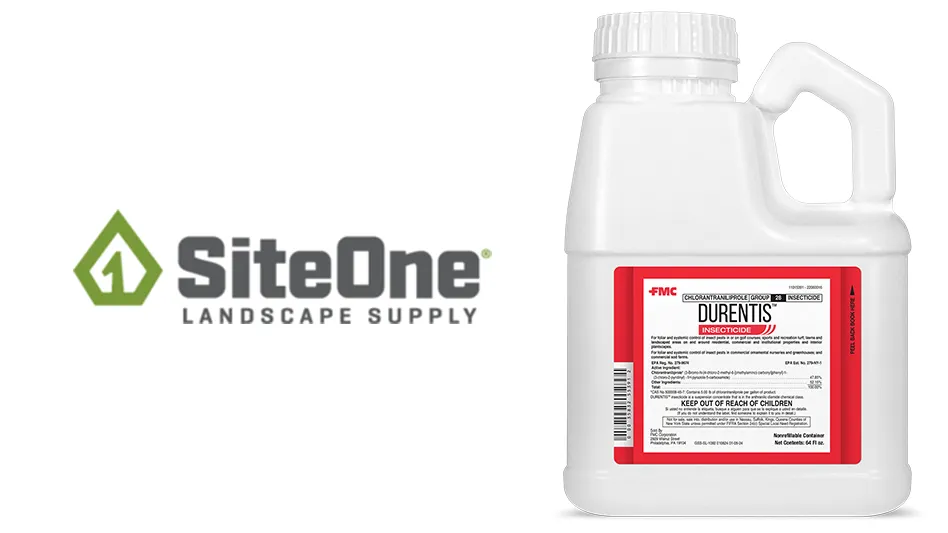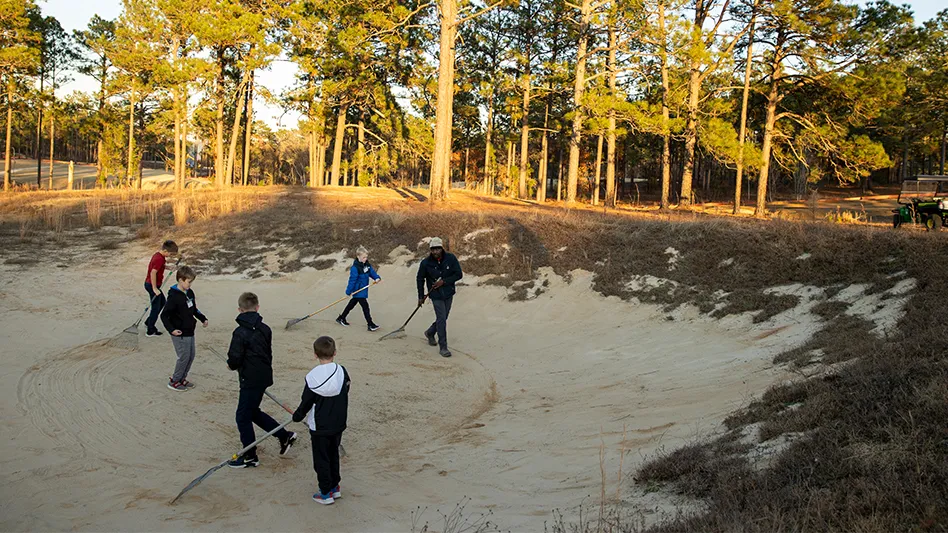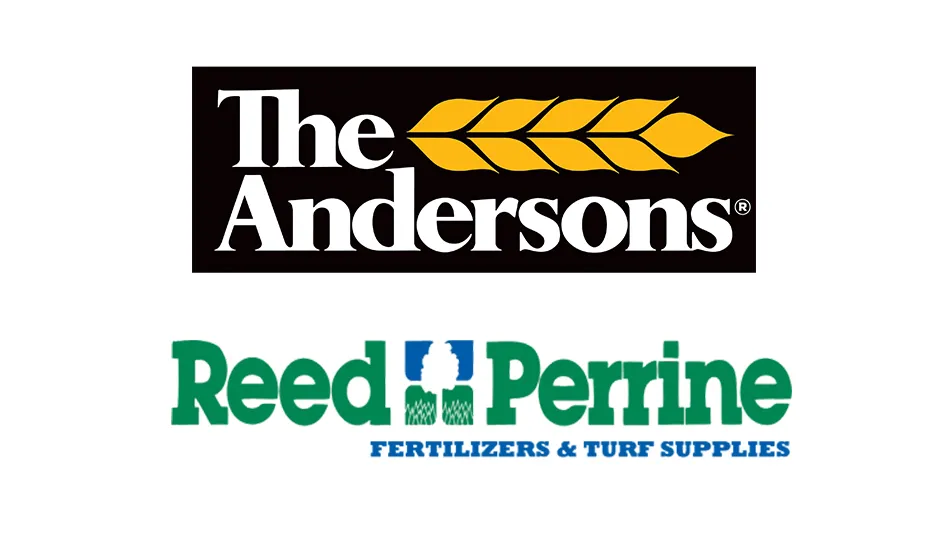
Golf course maintenance requires striking a fine balance. The superintendent must ward off disease threats and minimize turf stress while at the same time providing playing conditions that meet member/customer expectations. Superintendents excel as stewards of the environment, and in today’s economic climate they must be stewards of their budgets, as well. As a result, turf professionals are crafting new solutions to turf maintenance issues.
One of those solutions involves rolling greens, as well as cutting them, as a way to mitigate disease pressure, particularly dollar spot.
As often happens with great ideas, the rolling greens concept emerged more or less by accident. Thomas Green is a Ph.D. student at Michigan State University working under Dr. Thomas Nikolai, a renowned plant and soil science specialist. Nikolai noticed the impact of rolling green surfaces some two decades ago.
“He was doing a dynamic ball-roll study on putting greens,” Green says. “He noticed that in areas where balls rolled across the greens there was less dollar spot. So as part of his dissertation involved seeing if rolling had a direct effect on dollar spot suppression.”
Nikolai found increased rolling frequency did in fact reduce dollar spot issues on putting surfaces and the practice has become more common in the years since.
Substituting rolling for mowing on occasion reduces the stress on putting surfaces, says The Ohio State University’s Dr. Karl Danneberger. It is a popular alternative, particularly in warm, humid conditions.
“Increasingly, you’ll see people [rolling] during the summer when the grass kind of slows down,” Danneberger says, “and maybe cut back on the number of mowings and just roll, especially when you see it in combination with growth regulators. That helps relieve stress if you’re not mowing every day and you maintain the desired quality for the golfer. [Rolling] can help reduce the number of mowings especially during a stress period.”
In 2011, a team at Michigan State, which included Green, took the next step by examining the effects of rolling on fairways. “In the beginning of the summer of 2011, we added rolling in combination with sand topdressing,” Green says. “Over a four-year period, we built up an inch-and-a -half of sand on top of the native soil. About two years into the study we decided to add a fungicide treatment. We used Boscalid (trade name: Emerald).”
The study found the combination of rolling and topdressing was effective in controlling dollar spot, although the addition of the fungicide had no appreciable impact.
Green points out that relatively few facilities have the resources to roll their fairways on a regular basis. However, one that does is historic Merion Golf Club in Ardmore, Pa. Matt Shaffer and his team tend to 36 holes, the championship East Course and the-formidable West Course.
Shaffer, who recently finished his 13th season as the club’s director of golf course operations, alternates between rolling and mowing fairways. Since he started rolling he’s had significantly fewer dollar spot issues. “Our dollar spot problems are diminished by 90 percent if we roll,” Shaffer says.
Turf issues aside, rolling offers economic benefits, as well. “When you roll, it takes two guys,” Shaffer says. “When you cut, it takes no less than four (including one worker who cleans up the grass clippings). So there’s a labor savings there, as well.”
Brushing is another tool a superintendent has at their disposal. Green notes Michigan State began a brushing study in 2015 and says using a system of brushes in conjunction or as a supplement to mowing is effective against disease threats.
“The idea is to decrease the amount of organic matter,” he says. “If you brush and then come in and mow, you’re just removing all that organic matter. Some people claim that excess organic matter in the thatch layer exacerbates disease.”

Brushing has been around for some time, but it has become increasingly popular in recent years as mowing heights have gotten lower and green speeds have gotten faster.
Disease issues aside, a brushing system offers a number of advantages. The brushes lift grass blades into a vertical position, thus allowing for a slightly raised cutting height without sacrificing the speed today’s golfers crave. The end result is a smooth and uniform surface. A brush system is less problematic for the turf than vertical mowing and the brushes also remove decomposing organic materials from the putting surface.
If a superintendent decides to brush his greens to supplement his mowing efforts, he must choose the set of brushes that will work best in his particular circumstances. Toro recommends different types of brushes for varying climates, varieties of turfgrasses and course conditions.
In cooler climates, where bentgrass is prevalent, soft bristles are recommended for use early in the season and during the summer heat and humidity. During peak growth periods, in the spring or late summer, a stiffer brush is recommended to reduce thatch buildup.
In warmer climates, where Bermudagrass and zoysiagrass are common, stiff brushes are suggested but softer brushes are highly recommended for use during periods of slow growth. It should be noted that the above recommendations are general in nature. As is always the case in the turf industry, every golf facility is its own unique entity.
But some guidelines are more or less universal. If a superintendent is topdressing his greens as well as brushing them, he or she should refrain from using rotating brushes on the putting surfaces for two or three days after applying topdressing sand. And all brushes, soft or stiff, must be used with care. Brushing too aggressively results in turf damage so superintendents who choose to utilize this practice are advised to take things easy at first. The height of the brushes must be calculated carefully. The thickness of the canopy is an important factor. For a thick canopy, Toro recommends starting at a height equal to the mowing height, then gradually lowering it after a week or two as the turf on the putting surface adapts to the brushing process. A gauge should be used set the height.
Green recalls working with one superintendent who, over the course of a three-decade career, cared for his greens primarily through a combination of brushing and topdressing — without core aerifying — and still gave his golfers quality putting surfaces.
This approach might best be described as uncommon but superintendents are becoming increasingly comfortable with a minimalist approach to aerification. The idea is to disturb the surface layer of soil as little as possible while still eliminating thatch and organic material to combat the threat of disease.
Andy Schuckers is the general manager/ superintendent at Paramus Golf Course in Paramus, N.J. It’s a public facility so it’s vital that aerification impacts play as little as possible.
“In the spring, we do the smaller, quarter-inch tines,” he says, “on three-inch squares, only going down about two- or two-and-a-half (inches). We bought a deep-tine machine last year. We actually have deep tined six times (through early December 2015).” he says. “We put on a quarter-inch tine; that goes every three square inches and that goes about nine inches deep. We do that, we roll right on top of it and it isn’t a day; worst-case scenario it takes two days before you can’t tell we did it.”
Nearly three decades ago Toro, with the assistance of experts at Michigan State, developed the Hydroject, which punched holes in the soil with jets of water. In 1998, DryJect entered the market with technology that supplemented the water with injections of sand.
Today, Toro features the Procore 648, a successor to the Hydroject. Jeremy Opsahl, Toro’s global marketing manager, says it can do core aeration as well as non-invasive aeration. “Some will say, ‘It does a good job, but I want something that leaves absolutely no trac,’” he says. “That’s what the Hydroject did.”
Superintendents throughout the industry are being asked to accelerate the aerification process to reduce its impact on their facility’s bottom line. With that thought in mind, a minimalist approach is very appealing in a number of levels.
“Superintendents are now asked to do more with less,” Opsahl says. “They’re also asked to get cultural practices like aeration done much quicker so greens can be back in play and generating revenue. So they’re thinking, ‘How can I change what I’m doing to meet the pressures I’m facing?’”
Rick Woelfel is a Philadelphia-based writer and frequent GCI contributor.
Explore the January 2016 Issue
Check out more from this issue and find you next story to read.





